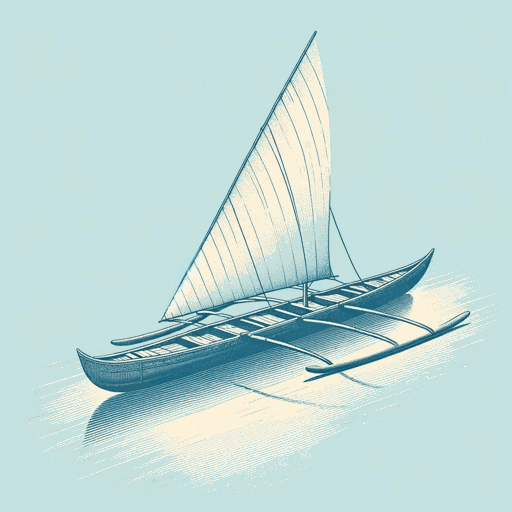50 pages • 1 hour read
Wade DavisThe Wayfinders: Why Ancient Wisdom Matters in the Modern World
Nonfiction | Book | Adult | Published in 2009A modern alternative to SparkNotes and CliffsNotes, SuperSummary offers high-quality Study Guides with detailed chapter summaries and analysis of major themes, characters, and more.
Chapter 3Chapter Summaries & Analyses
Chapter 3 Summary: “Peoples of the Anaconda”
In 1541 the conquistador Francisco de Orellana and his crew floated down the Amazon River on a raft after mutinying from a larger Spanish party searching the jungle for El Dorado. On their float they had harrowing and sometimes fatal experiences of the hostile indigenous communities along the riverbanks and of the lush but dangerous forest and river. Recorded first-hand by friar Gaspar de Carvajal, this account is the first of a European descent down the Amazon. Among the encounters recorded are a fierce battle with an Amazonian tribe of female warriors. This, as well as the evidence of settled indigenous cities, caused European audiences to write the narrative off as sensationalism, and it was excluded from publication for centuries.
Both tropical hell and biological Eden, the Amazon rainforest has long been known to have a unique soil ecology. In temperate forests soil is the bank of biological wealth, since it absorbs decomposing foliage dropped by trees and other plants. In tropical forests, this foliage breaks down too quickly to sink deeply into the soil. In the Amazon, “90 percent of root tips may be found within the top 10 centimetres of earth” (86), the foliage of the living forest being the nutrient bank of the system.

